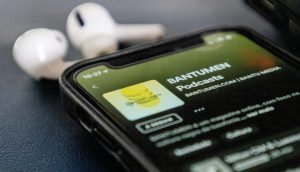
TikTok is starting to tag AI-generated content published on the platform, using a digital watermark called Content Credentials.
In a statement, the social network said the feature has begun to apply to images and videos, and will soon be extended to audio content. The Content Credentials tag will also appear on content downloaded from the app in the coming months. This means that anyone could use the tech to identify AI-generated content and even determine when, where, and how it was created or changed.
TikTok already tags AI-generated content created within the platform, but the latest move would include photos and videos that are generated outside the app.
“AI enables incredible creative opportunities, but can confuse or mislead viewers if they don’t know content was AI-generated. Labeling helps make that context clear – which is why we label AIGC [AI-generated content] made with TikTok AI effects, and have required creators to label realistic AIGC for over a year,” the company said.
TikTok is also joining the Adobe-led Content Authenticity Initiative (CAI) to help drive adoption of Content Credentials. It also plans to launch media literacy campaigns this year to raise awareness about AI tagging and misleading content. The campaigns would include videos explaining how the tool can better contextualize content.
The social network is launching the tech after researchers expressed concern that AI-generated content could be used to interfere with this fall’s U.S. elections. TikTok was among a group of 20 tech companies that earlier this year signed an agreement pledging to combat it.
The Content Credentials tool, which is owned by the Coalition for Content Provenance and Authenticity (a group co-founded by Adobe, Microsoft and others), is open for other companies to use. It has already been adopted by OpenAI, and YouTube, Google and Meta have said they plan to use it soon.






















